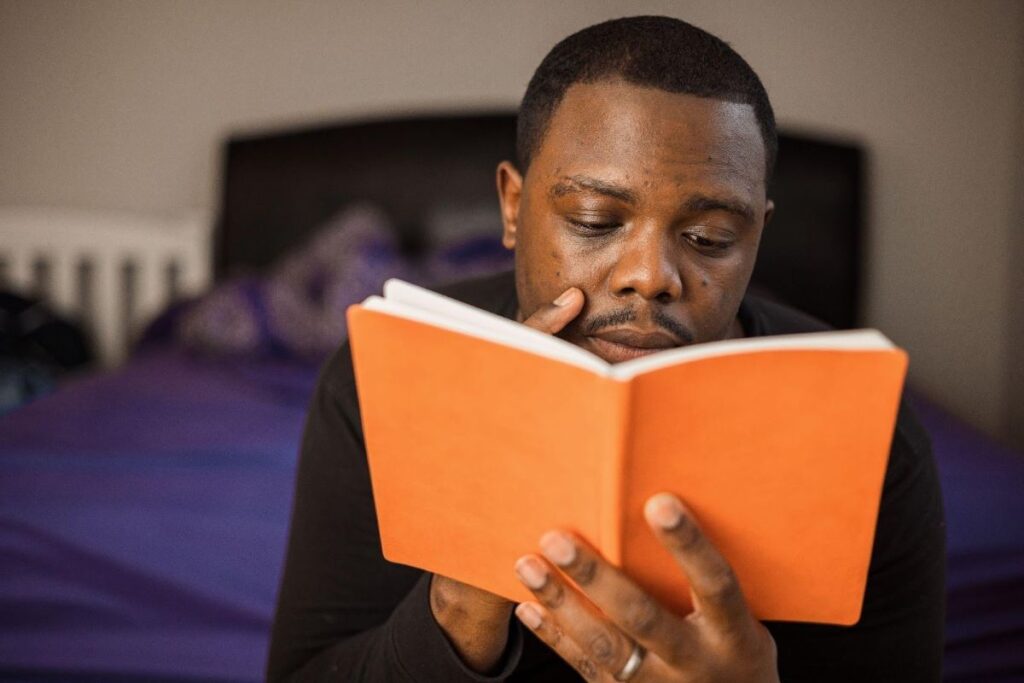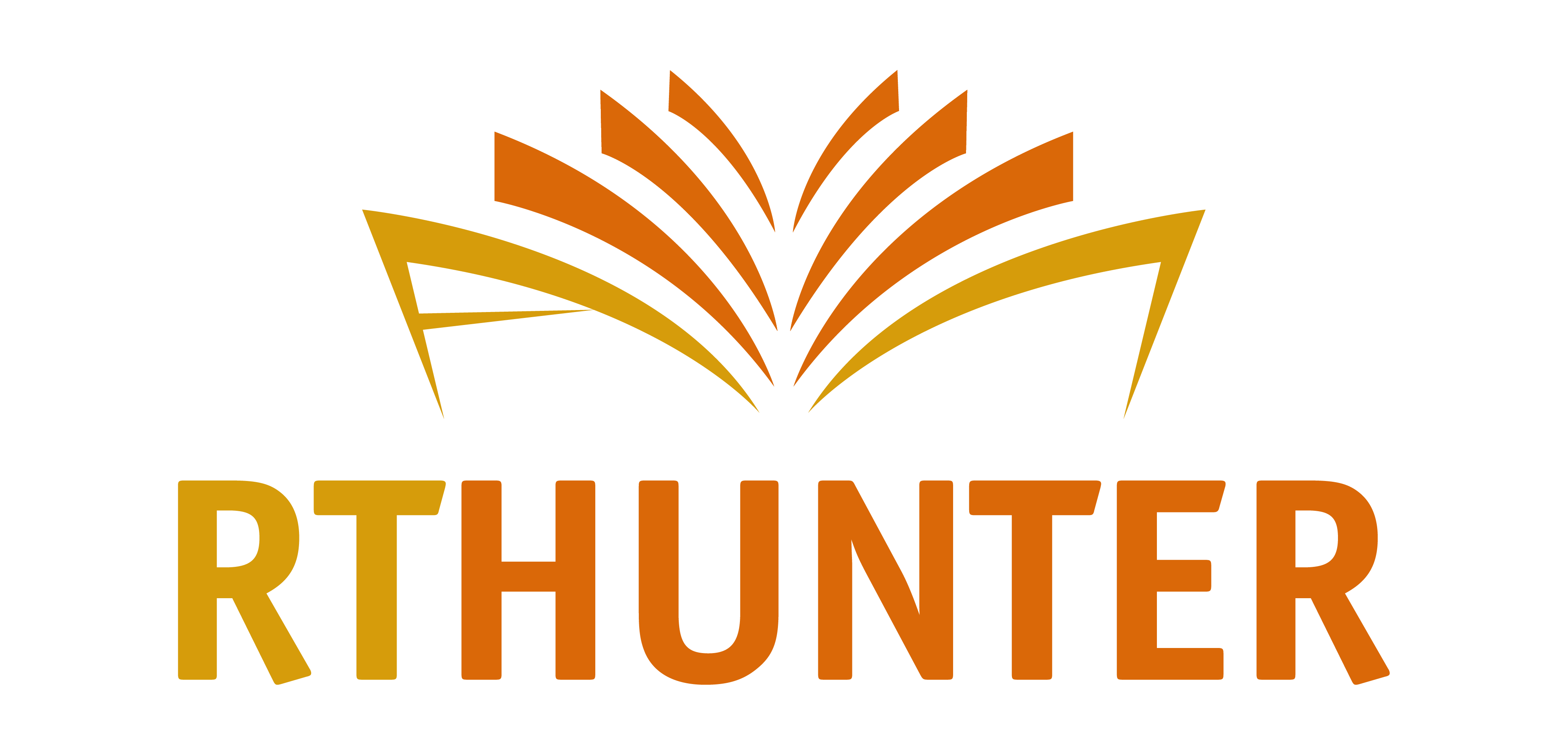Welcome, fellow explorers of the cosmos, to a riveting journey through the universe of literature. Today, we set our course to unravel the intricate power play between heroes and villains—the cosmic dance that defines the very essence of storytelling. The clash between protagonist and antagonist takes on its dimension in sci-fi fantasy novels, where imagination knows no bounds. Join me as we delve into the pulsating heart of this dynamic relationship, exploring the conflicts, contrasts, and cosmic forces that shape the destinies of our beloved characters.
The Cosmic Chessboard
Picture this: a vast expanse of uncharted galaxies, each governed by its rules and cosmic energies. In the literary universe, protagonists and antagonists are celestial entities engaged in a high-stakes game of chess, where every move reverberates through the fabric of the narrative cosmos. The power play between these opposing forces sets the stage for epic tales that transcend the boundaries of time and space. Just as Stella brilliantly assumes the role of a protagonist in Raymond Hunter’s “Planet Saviors,” embodying her character with exceptional skill and nuance, the celestial dance between heroes and villains unfolds, enriching the cosmic narrative with depth and intrigue.
The Protagonist: A Guiding Star in the Cosmic Night
In the sky of sci-fi fantasy, the protagonist emerges as a guiding star, a beacon of hope that pierces the cosmic darkness. Whether a seasoned space explorer, a time-traveling adventurer, or a wielder of mystical powers, the protagonist is the force that propels the narrative forward. Rooted in the hero’s journey archetype, the protagonist embarks on a quest, facing challenges and evolving through the crucible of conflict.
The protagonist vs antagonist dynamic lies in their physical prowess and their spirit’s resilience. In a galaxy teeming with challenges, the hero’s determination becomes a cosmic force, pushing against the gravitational pull of despair. As readers, we find solace and inspiration in the protagonist’s journey—a reminder that a force fights for the light even in the vast expanse of the unknown.
The Antagonist: Shadows in the Cosmic Abyss
Enter the antagonist, a cosmic shadow that lurks in the abyss, embodying chaos and opposition. In the dance between protagonist and antagonist, the villain becomes the necessary counterweight—the force that tests the hero’s mettle and defines the boundaries of morality. Whether a power-hungry tyrant, a malevolent AI, or an ancient cosmic entity, the antagonist challenges the protagonist on a fundamental level.
The protagonist vs antagonist power lies in physical might and the art of manipulation and psychological warfare. In the cosmic chessboard, the villain plays a strategic game, exploiting the chinks in the hero’s armor and casting doubt upon their purpose. The antagonist is the dark mirror that reflects the vulnerabilities and flaws of the protagonist, forcing them to confront their inner demons.

Protagonist vs Antagonist Unveiled
In the vast realm of sci-fi fantasy, the cosmic clash between protagonist and antagonist unfolds as a celestial dance—an intricate narrative ballet defying the constraints of worlds and dimensions. The protagonist, a luminous force navigating the galactic abyss, embarks on a quest through constellations of challenges. In contrast, the antagonist, a cosmic shadow with veiled motives, challenges the hero physically and probes their morality. This celestial conflict resonates with themes of morality, fate, and cosmic balance, weaving a dynamic cosmic web of contrasts and parallels. As readers navigate this divine tapestry, they witness the eternal struggle between light and darkness—an inviting heavenly revelation in literary odysseys filled with wonders and the illuminating clash of protagonists and antagonists.
The Cosmic Conflict: Tension that Ignites the Stars
At the heart of every sci-fi fantasy novel, the cosmic conflict between protagonist and antagonist ignites the stars, creating a spectacle that captivates readers. The tension between these opposing forces is the gravitational pull that keeps us glued to the pages, eagerly anticipating the next twist in the cosmic tale.
The conflicts between hero and villain are not merely physical clashes but ideological battles that echo through the corridors of the narrative cosmos. Themes of morality, destiny, and the very nature of existence are woven into the fabric of the power play. As readers, we find ourselves entangled in the cosmic struggle, questioning our beliefs and pondering the timeless dilemmas the protagonists and antagonists pose.
Contrasts and Parallels: Yin and Yang of Cosmic Harmony
In the cosmic dance between heroes and villains, the contrasts and parallels give the narrative depth and resonance. The protagonist and antagonist often mirror each other, two sides of the same cosmic coin. The hero’s strengths are a foil to the villain’s weaknesses, and vice versa. This yin and yang dynamic creates a cosmic harmony, a delicate balance that keeps the narrative universe in equilibrium.
Yet, within this harmony are moments of discord—climactic confrontations where the cosmic forces collide in a dazzling display of power. These moments, etched in the annals of sci-fi fantasy literature, are the crescendos that define the narrative’s climax, leaving readers breathless and yearning for resolution.

Wrapping Up
In this cosmic literary journey, the dance between protagonists and antagonists unfolds as a transcendent ballet, with heroes as resilient guiding stars and villains strategically exploiting vulnerabilities in a cosmic chess game. This dynamic clash resonates with themes of morality and fate, creating tension that captivates readers and prompts reflection on beliefs and timeless dilemmas. The delicate cosmic harmony, occasionally disrupted by climactic confrontations, defines the narrative’s climax, leaving readers yearning for resolution. This interplay of light and shadow is a testament to storytelling’s enduring power, inviting exploration of infinite possibilities within the cosmic dance.
Set out on a grand narrative adventure! Grab your copy today of “Planet Saviors” by Raymond Hunter and experience the captivating clash of light and shadow!




